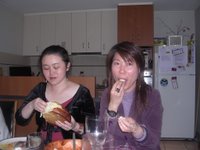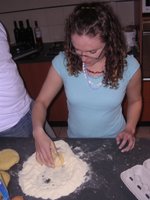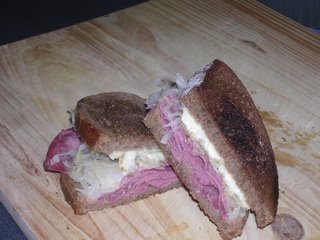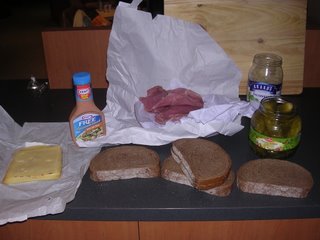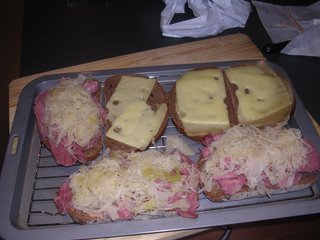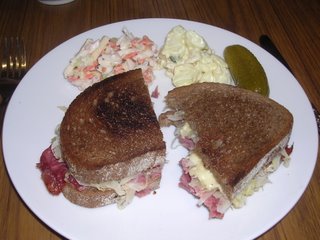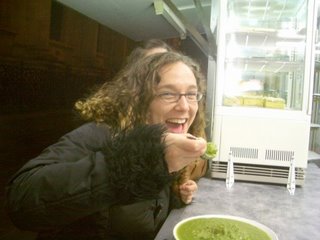So Good, It Should Be Illegal (and it is)
Me neither. I was born long after the milkman finished his last route around my hometown. For as long as I can remember, I've been drinking pasteurized, homogenized milk in cardboard or plastic containers purchased from the supermarket.
Or, rather, not drinking it. I was never a fan of the milk I grew up on, and could barely tolerate it over cereal or poured into my coffee, nevermind actually drinking a glass of the stuff. I cringed at commericals where cute little kids dunked Oreos into a white glass, and not because of the unimaginable ingredients that go into an Oreo or because of the pure kitsch broadcasting from my television. I wrote off the entire beverage, and simply assumed that I didn't like milk.
Well, it turns out I was wrong. Now I'm not talking about one of those foods you taste again after years and years and suddenly you realize your tastes and have changed and, miraculously, you now love eggs/blue cheese/sushi. No, I still hate that horribly adulterated junk I grew up on, and rightly so. Despite popular opinion, it doesn't do a body good. What does, however, is the raw milk I found at an anonymous organic shop.
Raw milk! That's right, here in Australia, where the unpasteurized, unhomogenized, straight-from-the-cow creamy white liquid that should properly be called milk is actually illegal. Government health bodies are concerned about possible pathogens in raw dairy products, so all raw milk and cheeses are outlawed from shops here, aside for two roquefort cheeses. There are some lovely organic, bio-dynamic, and unhomogenized dairy products available, but they have all been heated to at least 71.7 degrees C. This process destroys not only bacteria, but also living enzymes that nourish the body and integrate the milk into our systems. By the way, in 2002 there were only 200 reported cases of people becoming ill in any way in connection with consuming raw dairy products, while undercooked fish and shellfish caused more than 8,000 such illnesses.
And the taste, well, let's just say I'm a convert. If only I still ate Oreos, I would dunk one into my big glass of creamy raw milk right now. I also love how I have to shake the bottle first so that the cream will mix back in with the rest of the liquid. This is how milk has been consumed and enjoyed for as long as people have kept domesticated cows.
Of course, because this stuff is illegal down under (and in many parts of the United States and Canada), what I'm drinking is not actually sold as milk. It is labeled as a bath milk, a cosmetic product that is not intended for human consumption. Um, yeah. Because I just love bathing in raw milk at $5.99 a jug (though I'm sure it would do wonders for the skin). This stuff is definitely for drinking. How clever of their marketing team! Let's hope it fools the fuzz. To that end, I will not reveal the name of the product nor where I purchased it, in the hopes that it will remain anonymous enough to stay on the shelves.
The one drawback is that it doesn't have a very long shelf life. But at the rate I'm drinking it, I don't think that will be a problem.



